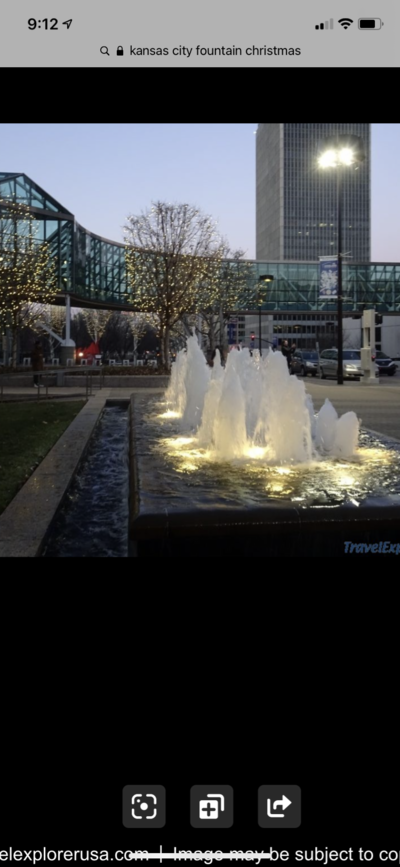- Feb 7, 2020
- 14,099
- 61,593
- 1,136
Hello! I hope this is in the right section. As winter is approaching, I am trying to figure out some things for my new setup. I currently have a 10x14' pond, which is around a foot deep. It's in a 36x48' pen, which houses around 30 birds. 17 of them are ducks. The pond has been amazing all spring/summer, it has a valve with underground pvc pipe that can drain the whole pond to my ditch. There's only a few feet of pipe the water fills before it reaches the valve. Water sits in that part of the pipe constantly. The rest of the pipe only has water in it when I pull the valve to drain the pond.
I would like to try to keep the pond open all winter, if at all possible. I was thinking about getting a large stock tank heater, but as the pond holds about 1,050 gallons of water, I don't know if the heaters can handle that. I also thought about an aerator, but I don't know much about those.
Our winters are cold, we usually have snow from the end of October through late April, and frequently dip into the negatives. It is not uncommon to get down to -30 or so. We also get a lot of snow. With this being my first year having this setup I'm just going to have to see how it works, but the pond is my main worry. I have a 10x16 shed with three separate pens inside, so if it gets bad I can house the birds in there, but I really want to try having them outside a lot. They're pretty cold hardy birds. The shed will be available for them to go in and out of as they please. I have a few questions on the setup for inside too but I'll wait on those. Thanks in advance for any help given. I will get pictures of the setup asap.
I would like to try to keep the pond open all winter, if at all possible. I was thinking about getting a large stock tank heater, but as the pond holds about 1,050 gallons of water, I don't know if the heaters can handle that. I also thought about an aerator, but I don't know much about those.
Our winters are cold, we usually have snow from the end of October through late April, and frequently dip into the negatives. It is not uncommon to get down to -30 or so. We also get a lot of snow. With this being my first year having this setup I'm just going to have to see how it works, but the pond is my main worry. I have a 10x16 shed with three separate pens inside, so if it gets bad I can house the birds in there, but I really want to try having them outside a lot. They're pretty cold hardy birds. The shed will be available for them to go in and out of as they please. I have a few questions on the setup for inside too but I'll wait on those. Thanks in advance for any help given. I will get pictures of the setup asap.
Last edited:



 ). I live on the coast and have high humidity. The snow at my place sticks to nets and then tears it all down. Snow will stick even to super slick nylon net.
). I live on the coast and have high humidity. The snow at my place sticks to nets and then tears it all down. Snow will stick even to super slick nylon net.

